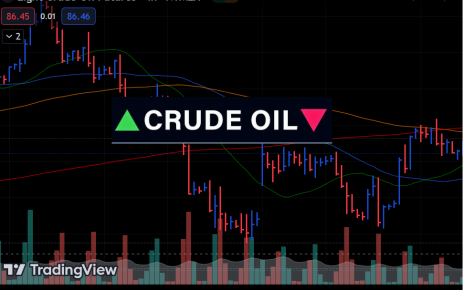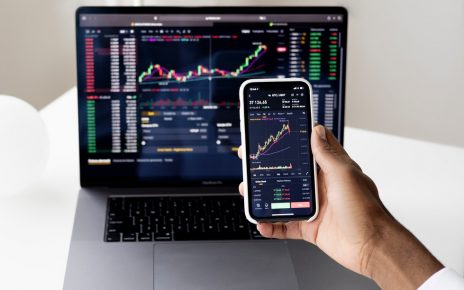- There was a higher-than-expected US consumer price increase in September.
- The escalating conflict between Israel and the Palestinians provided support for safe-haven gold.
- Traders estimate a 38% likelihood of a rate hike by the Fed in December.
On Thursday, gold prices dropped as the dollar and Treasury yields rose. This followed higher-than-expected US consumer price increases in September, which raised concerns about the Federal Reserve maintaining elevated interest rates.
US inflation (Source: Bureau of Labor Statistics)
The Labor Department’s report released on Thursday revealed that the annual increase in consumer prices last month, excluding the volatile food and energy components, was the smallest in two years. However, there was a 0.4% increase in the consumer price index last month, up from a 0.3% gain in August.
The unexpected spike in rental costs had a ripple effect across markets. While some individuals downplayed the rise in rental costs, others concluded that the Fed hasn’t yet achieved its mission of lowering inflation to its 2% target.
Traders now estimate a 38% likelihood of a rate hike by the Fed in December, up from about 28% before the report.
Spot gold fell by 0.3% to $1,868.59 per ounce, having reached its highest point since September 27 earlier in the session. Meanwhile, US gold futures settled 0.2% lower at $1,883.
According to Tai Wong, an independent metals trader based in New York, the robust CPI data might slow gold’s rally. Still, it’s unlikely to trigger a significant selloff, especially considering the ongoing high geopolitical tensions.
The escalating conflict between Israel and the Palestinian militant Islamist group Hamas has kept investors on edge, providing support for safe-haven gold. Gold is typically sought as a safe investment during political and financial uncertainty, but higher interest rates increase the opportunity cost of holding non-yielding bullion.
On Wednesday, Boston Fed President Susan Collins, who lacks a vote on this year’s rate-setting Federal Open Market Committee (FOMC), suggested that the chances of the economy avoiding a recession have increased. However, the central bank might not be finished with interest rate hikes intended to bring inflation back to its target.
Meanwhile, Edward Moya, a senior market analyst at OANDA, noted that there are still indications of a slowdown in the US economy, which could benefit gold. He anticipates that prices could trade in the range of $1,860 to $1,920 in the near term.





